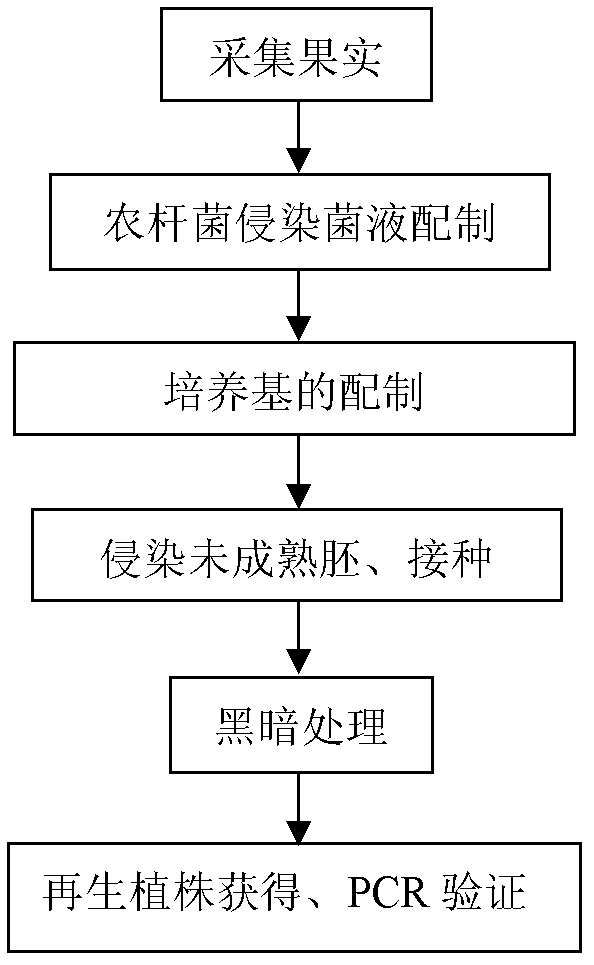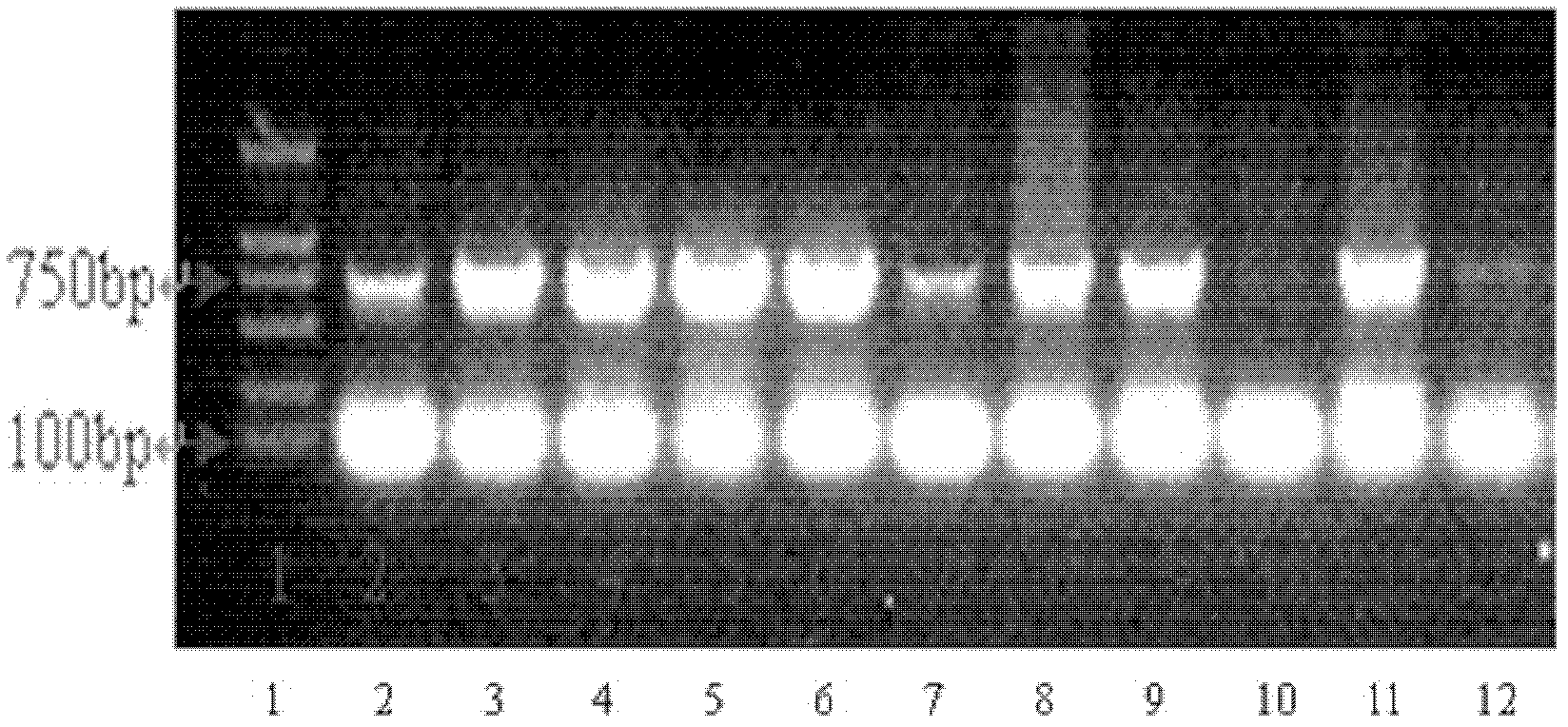A method for rapidly obtaining transgenic plants of capsicum
A technology of transgenic plants, applied in botany equipment and methods, genetic engineering, plant gene improvement, etc., can solve the problems of long plant regeneration cycle, low differentiation frequency, long cultivation cycle, etc., to improve resistance and quality, shorten Effect of incubation time and improvement of transformation efficiency
- Summary
- Abstract
- Description
- Claims
- Application Information
AI Technical Summary
Problems solved by technology
Method used
Image
Examples
Embodiment Construction
[0022] Plant transgenic technology has great application prospects in improving biological resistance, improving biological quality, creating new germplasm or varieties, human health care and medicine. As an auxiliary means, biotechnology can solve some problems that are difficult to solve by conventional technology, and bring about a new industrial revolution in agriculture. Transgenic technology is not limited by crop species. The purpose of controlling a certain biological trait is taken out of the organism, and through genetic manipulation, it is introduced into the host cell to be improved and expressed, thereby cultivating a new variety. This technology can greatly improve the breeding effect, accelerate the breeding process, enrich the nutrition and functions of crops, extend the shelf life, remove allergens, and improve the resistance of crops to high temperature, salinity, and diseases. The establishment of plant tissue culture regeneration system is the basis for gen...
PUM
 Login to View More
Login to View More Abstract
Description
Claims
Application Information
 Login to View More
Login to View More - R&D
- Intellectual Property
- Life Sciences
- Materials
- Tech Scout
- Unparalleled Data Quality
- Higher Quality Content
- 60% Fewer Hallucinations
Browse by: Latest US Patents, China's latest patents, Technical Efficacy Thesaurus, Application Domain, Technology Topic, Popular Technical Reports.
© 2025 PatSnap. All rights reserved.Legal|Privacy policy|Modern Slavery Act Transparency Statement|Sitemap|About US| Contact US: help@patsnap.com



